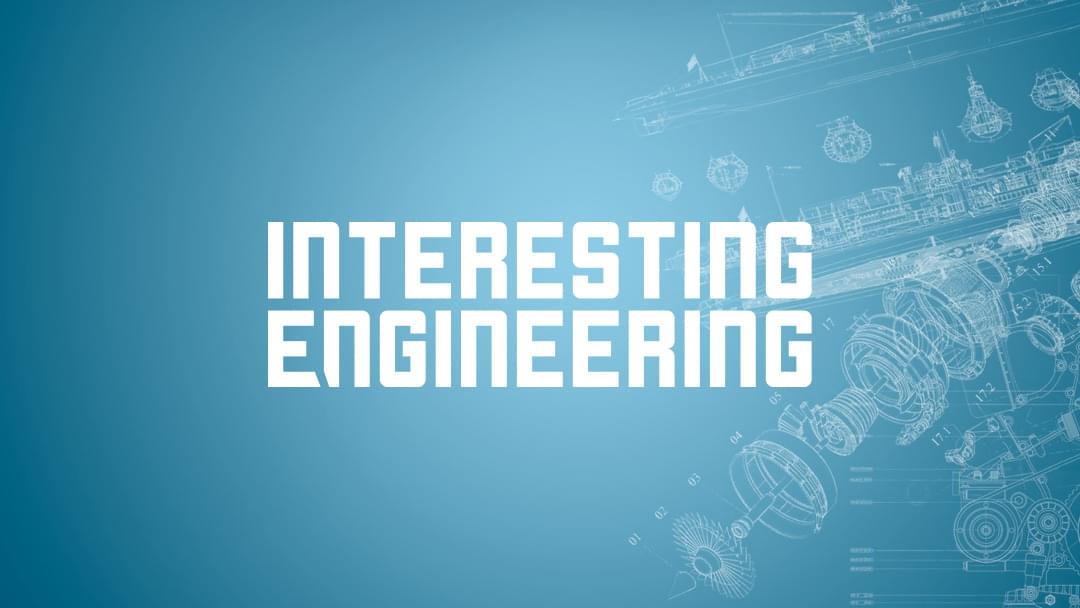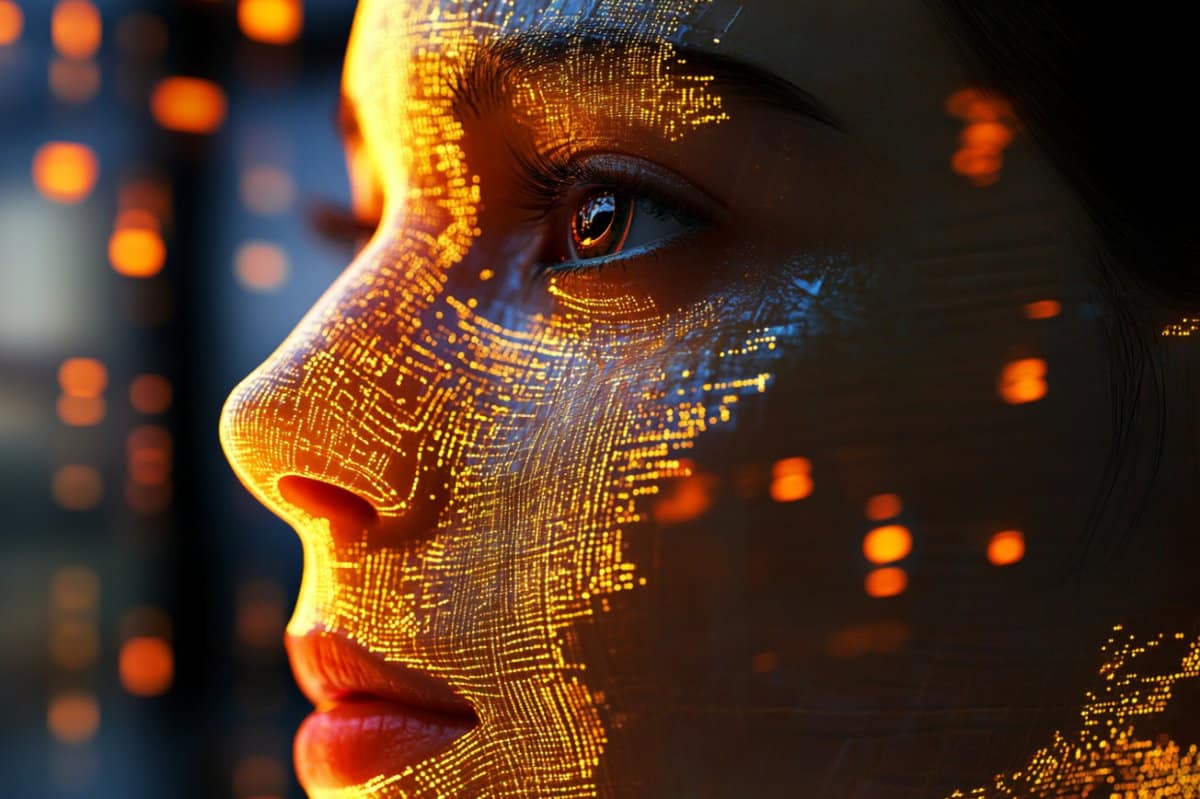Questions to inspire discussion.
Q: 🤖 What are Kirk’s predictions for Tesla’s robotaxi rollout? A: Kirk predicts at least 1 million robotaxis on the road by end of 2026, with potential for 2–5 million by end of 2027.
Q: 🦾 When does Kirk expect Tesla to sell Optimus robots to third parties? A: Kirk expects Optimus sales to third parties in the second half of 2026.
Q: 💰 What is the estimated rental price for Optimus robots? A: Kirk estimates Tesla will rent Optimus robots for $110,000-$120,000 per year.
Market and Economic Predictions.
Q: 💹 What economic environment does Kirk predict for late 2024? A: Kirk predicts a booming economic environment by Q4 2024, driven by the AI revolution and productivity increases.




